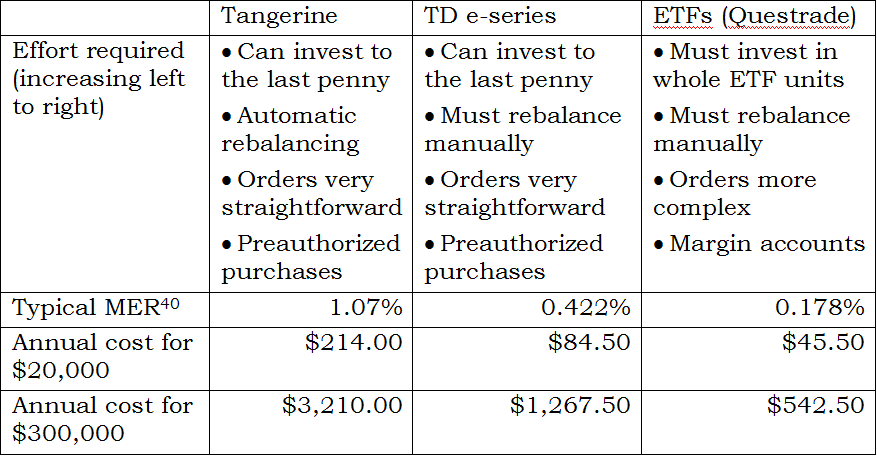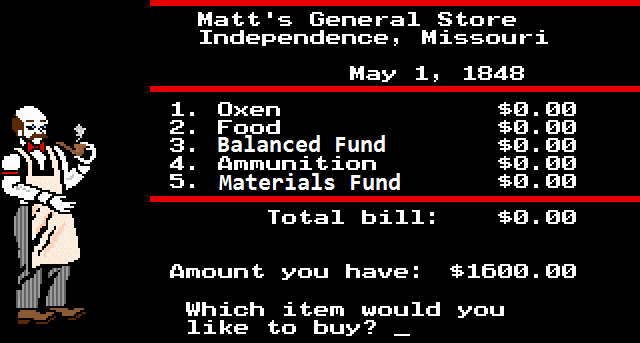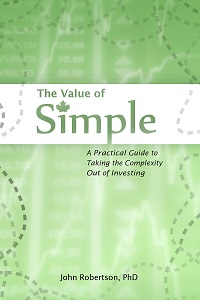The Paradox of Advice
November 5th, 2014 by PotatoI was on Because Money recently, and the podcast and transcript are now up! We got together to discuss anonymous advice available on many online forums and blogs.
Leading up to the day of the podcast, I started with the assumption that there would be a lot of bad advice and we could spend a half hour lampooning it. But when I started to tabulate it I was amazed at how much good advice was there. These communities are so giving with their knowledge. In some few cases it will lead to sales leads, but mostly not (Reddit, for example, doesn’t even allow signature lines with links back to your website). Yet people with knowledge still give of their time — whether they’re paying it forward from getting helped when they were newbies themselves or just being altruistic, it’s kind of amazing.
There is bad advice too, just not as rampant as we thought it might be. So you have to use anything you read online as a starting point for more research because it’s hard to know whether the advice you’re getting is wrong (or some minor detail of the facts even if the main point is right).
And that leads me to the Paradox of Advice: those most in need of advice least able to discern who should give it.
The other major issue is that if you’re paying a few thousand dollars for a planner or money coach you can just unload everything and let them sort it out. You can’t do that to strangers freely giving of their time on the internet — you need to focus in on what your main question is. And in order to do that, you need to have some idea of the field so you can ask intelligent questions. Good, focused questions are key to getting good advice out of forums. So you have to keep in mind that any question you pose is not going to present a full technicolour image of your situation — it will be a stick figure at best. It’s up to you to make sure the right details are highlighted. As an example of what not to do, back when I was on RFD there was a standard response to questions of the form “what should I do with $X?”: “hookers ‘n blow.” There is no sensible way to answer it otherwise. To a large extent the amount of money a poster has makes very little difference, and “what should I do with it?” is just so open-ended. These blow-off answers were of course reserved for the (many) cases where the poster gave no other details or indication that they had read any of the other thousands of similar questions — or done any other background reading. The unfortunate conclusion is that you need to do some homework on your own before seeking advice.
Another area where anonymous advice can run into problems is the central theme of personal finance: “it depends.” There are so many answers, and none will be precisely right or helpful.
Think of the problem “I’m cold and there are wolves after me.” One very useful, straightforward answer might be to get a house or cabin and go live in there. You’ll be warm and it will keep the wolves out. One that might also work for someone is to get a lightsaber, and pretend it’s a tauntaun. Engineers might then go on a side rant about the R-values the wall insulation should have to properly keep out the cold and the howling, but that debate doesn’t necessarily invalidate the solution.
One point I didn’t think of during the podcast is how anonymous advice can be good: because it’s anonymous, free advice on the internet you should be immediately and automatically critical and skeptical of what is said. Whereas similar advice from a non-anonymous person who doesn’t have your best interests at heart (e.g. a salescritter with conflicting incentives and impressive-looking letters after their name) may not raise any warning flags for you.
“Of course you can’t ‘trust’ what people tell you on the web anymore than you can ‘trust’ what people tell you on megaphones, postcards or in restaurants. Working out the social politics of who you can trust and why is, quite literally, what a very large part of our brain has evolved to do. For some batty reason we turn off this natural scepticism when we see things in any medium which require a lot of work or resources to work in, or in which we can’t easily answer back – like newspapers, television or granite. Hence ‘carved in stone.’ What should concern us is not that we can’t take what we read on the internet on trust – of course you can’t, it’s just people talking – but that we ever got into the dangerous habit of believing what we read in the newspapers or saw on the TV – a mistake that no one who has met an actual journalist would ever make. One of the most important things you learn from the internet is that there is no ‘them’ out there. It’s just an awful lot of ‘us’.” — Douglas Adams
There is a lot of ‘us’ out there. Amazing and wonderful, the lot of you. Freely giving of time and wisdom to help those with questions and doubts.
For those with questions, do try to make it as easy as possible on the volunteer counselors by doing some research first, and crafting good questions. For complex situations or even simple ones with overwhelming detail where free anonymous advice won’t do, there are always advisors, planners, coaches, educators, and geeks with spreadsheets available for hire.




 Questrade: use QPass 356624159378948
Questrade: use QPass 356624159378948 Passiv is a tool that can connect to your Questrade account and make it easier to track and rebalance your portfolio, including the ability to make one-click trades.
Passiv is a tool that can connect to your Questrade account and make it easier to track and rebalance your portfolio, including the ability to make one-click trades.